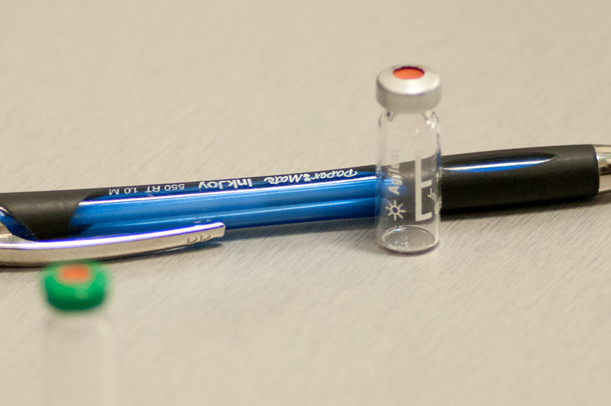© 2016 RCMP
The status and trends of the illicit drug trade, which includes Fentanyl, Fentanyl analogues and other potent synthetic opioids and analgesics in Canada are ever evolving. The intention of this site is to provide first responders with accurate safety information related to situations where opioids may be involved.
Fentanylsafety.com poster:
Download
RISKS OF OCCUPATIONAL EXPOSURE TO SYNTHETIC OPIOIDS
(E.G. FENTANYL) FOR FIRST RESPONDERS
Fentanyl, Fentanyl analogues and other potent synthetic opioids and analgesics may be absorbed through the skin, allowing the drug to enter a person’s body without the typical illicit drug ingestion methods such as smoking, snorting, injection, etc. In addition, opioids may be inadvertently inhaled in situations where suspected drug samples are disturbed and particles become airborne. These exposures may place other people, including first responders, at potential risk.
How Much Fentanyl is Dangerous?
The LD50 (lethal dose) for pure Fentanyl, is estimated at 2 milligrams (mgs) for a typical adult [Reference: RCMP and United States Drug Enforcement Administration (DEA]. Since illicit drugs are typically diluted or cut with inert materials, exposure of first responders to pure forms of opioids are less likely. However, inconsistent mixing of illicit drugs may mean that high concentrations may still be encountered, and small amounts can still be dangerous. Any sample suspected of containing opioids requires adequate preparation, protection and care in handling.
Proper care of overdose victims and handling of suspected drug samples requires maintaining an awareness of:
- the possible presence of opioids;
- protocols and training in the use of personal protective equipment;
- the handling of suspected opioid-containing samples and contaminated materials; and
- the recognition of opioid toxicity and administration of naloxone.

ACKNOWLEDGEMENTS
The site was developed by JIBC with funding from the Ministry of Public Safety and Solicitor General. The creation of this website would not have been possible without tremendous assistance from colleagues in the first responder community, both from Canada and the United States, Health Canada, BC Ministry of Health, BC Coroner’s Office, BC Emergency Health Services and contacts within the medical profession.


